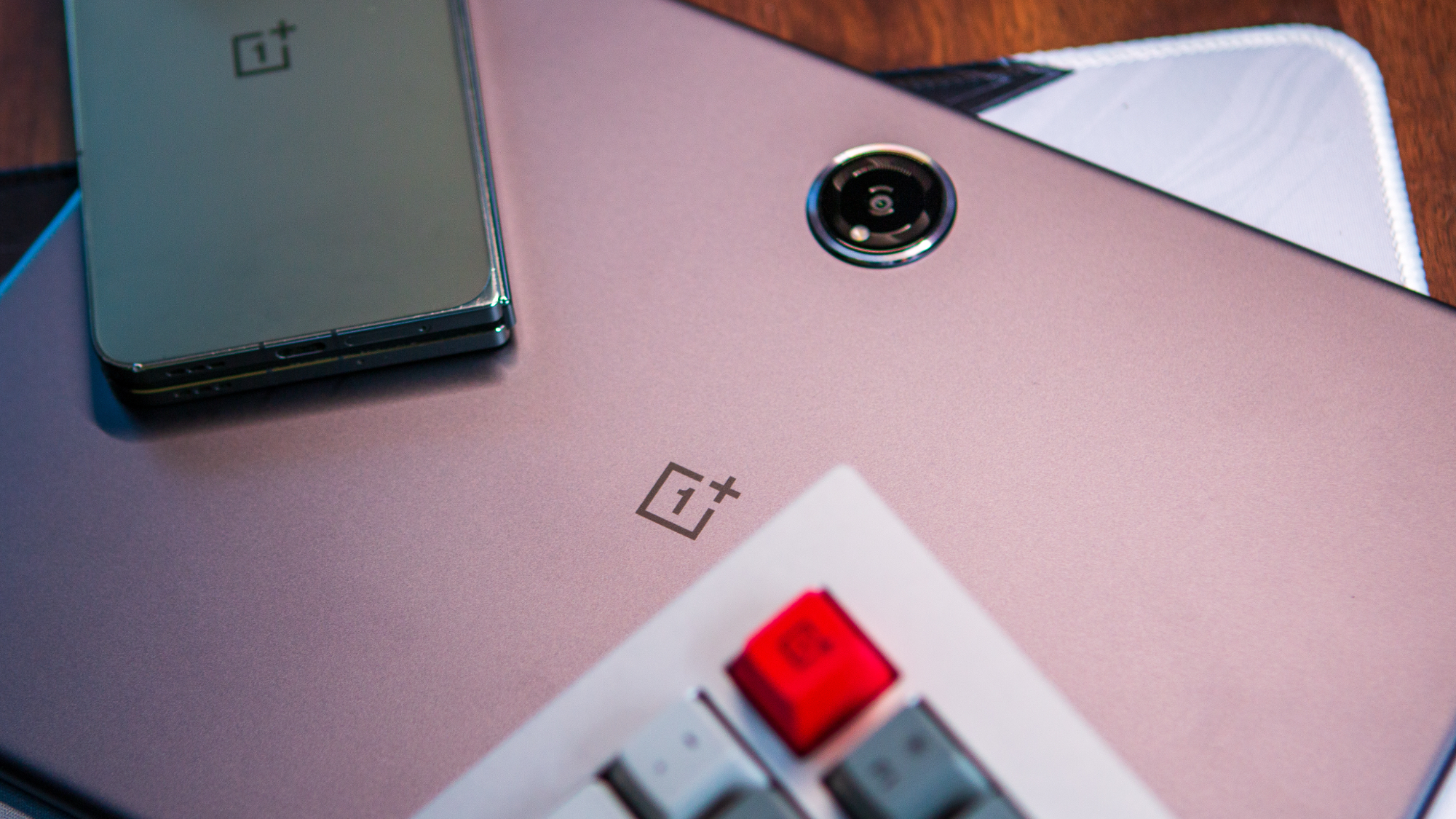Will my phone get Ice Cream Sandwich? Our predictions:
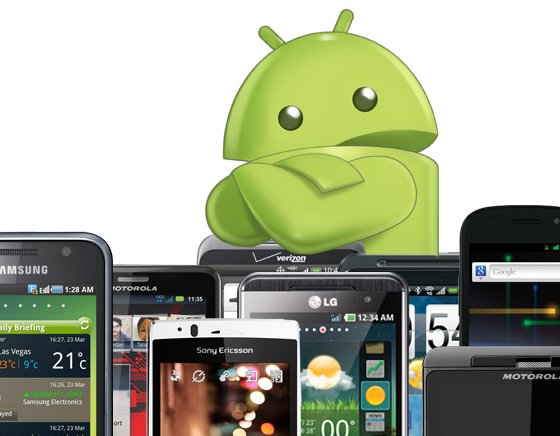
The wait is over -- Google has officially announced Android 4.0 Ice Cream Sandwich, and showed us a whole lot to like. Of course, the Samsung Galaxy Nexus is coming soon, and and many others will follow shortly thereafter with the latest and greatest that Android has to offer. But right now the big question is "When will my phone get the Ice Cream Sandwich update?"
With two-year contracts and $500-and-up off-contract prices, most of us will want to hold on to the phone we bought this year and milk it for every penny we can. That's the wise (and frugal) thing to do, and we're right there with ya when it comes to saving a few dollars.
So which phones do we believe will see an ICS udpate? Hit the break for our predictions.
Ice Cream Sandwich brings plenty of changes under the hood, but of more importance for this particular subject is the shift in the UI and the way things get done. It's likely that manufacturers -- the Samsungs and Motorolas and LGs and HTCs of the world -- are both excited to get to work with Android 4.0, as well as pissed about the number of changes in the ways things are done. To integrate any of the new UI elements (we're not talking Roboto fonts -- we mean things like the menu buttonless design and deep social integration) is going to mean a lot of work, and a lot of changes to the current crop of manufacturer skins.
They'll figure something out, 'cause that's what happens when you lock a bunch of smart guys in an office. But the timeline might not be pretty. There's a lot being said about Gabe Cohen and Matias Duarte saying that ICS "theoretically should work for any 2.3 device." The key word there is theoretically -- just because it can, does not mean it will happen, or happen quickly. Theoretically, Gingerbread runs better than Froyo on the Epic 4G, too.
Enough talk, let's have a look at my predictions.
Phones that will get Ice Cream Sandwich
I'm feeling good about all the phones here getting updated, and fairly quickly as well. For one reason or another, these have to get updated.
Be an expert in 5 minutes
Get the latest news from Android Central, your trusted companion in the world of Android
The Samsung Nexus S
Yep. The Nexus S (and its Nexus S 4G brother on Sprint) will get Ice Cream Sandwich, with all the features we drooled over from the Hong Kong event. Google's said as much. A few things will need tweaked (there are those pesky capacitive buttons to deal with), but this is the phone that was used to start building and testing ICS. It may take a few versions to get it running well, but it will happen -- just like a good, solid Gingerbread build happened for the Nexus One.
Of course, once the source code drops many won't care what Google does with the Nexus S. It will take a day or two, but AOSP ROMs will come -- hard and fast.
The Motorola Droid RAZR
I think the RAZR will be the first phone that isn't a Nexus to get the update, if only because Motorola's said so already. Motorola probably should have just held it back and released it with ICS, but they have people smarter than I making those decisions, and I'm just the Monday quarterback. The hardware is right -- it has the same guts as the Galaxy Nexus for the most part (minus the NFC of course) and Moto had to have ICS in mind when they built this puppy. There's a reason we started to see Motorola move towards OMAP processors.
The real question is how much Philblur is going to affect things. After we saw ICS in action, Blur is going to be an even bigger thorn in the side that it was before.
The Motorola Atrix 2
The Atrix 2 is another Motorola phone using OMAP innards. Motorola going from Tegra to OMAP right before we saw ICS was not coincidence, I'm sure of it. You just know that some lucky Motorola engineer is strutting around with a janky, early build of ICS on his Atrix 2 -- probably showing it off to his other engineering pals in the lunchroom. Geeks can be hipsters, too.
Again, Blur. How Motorola handles Blur with ICS is going to be the way their Android phones are defined from here on out. I hope they can pull off something that makes our toes curl.
The Motorola Droid Bionic
The Bionic is yet another Motorola phone that uses the OMAP chipset. It was frought with rumors and speculation as to just why it was changed from Tegra to OMAP, and we'll never know what was said behind closed doors -- but we know that LTE works just dandy with the Tegra 2 SoC now that Samsung has released the Galaxy Tab 10.1 on Verizon.
Again -- I'm pretty certain that Moto changed the CPU during the redesign with an eye on the future -- LTE and ICS weren't designed for the Galaxy Nexus in a secret bubble, and Moto either had a hand in it or was privy to some useful information. Unfortunately, I don't think there will be any rush to get ICS on the Bionic until after it's done for the RAZR (Moto's LTE proof-of-concept) and Atrix 2 (the HSPA+ proof-of-concept). Hopefully, I'm wrong.
Motorola Droid 3
The Droid 3 is another Motorola phone on the list, and Motorola's first to feature an OMAP 4 dual-core CPU. While any processor can probably work with ICS, the GPU will make a difference. We're not talking about power or speed, this speculation is based purely on the CPU and GPU assembly being in the same family as the ICS reference phone -- the Galaxy Nexus.
Verizon has a new flagship Droid in the RAZR, but I think Motorola will make it too easy for them to update this one for them to ignore it.
Samsung Galaxy S II (all four of them)
Samsung knows that about 20 million people around the globe woke up Wednesday morning, looked at their Galaxy S II, and started thinking "never again," in reference to the original Galaxy S update debacle (at least here in the United States). They have their work cut out for them -- ICS isn't optimized for the Exynos or Mali, so they will have to do a lot of the work to get things playing nicely and smoothly themselves. The only thing worse than not having ICS on the Galaxy S II would be if ICS made these great phones worse.
Besides the chore of re-defining how TouchWiz will work with ICS, Sammy has another hurdle here -- the Epic 4G Touch and Hercules (T-Mobile and Telus). The Epic has Wimax to worry about, and the Hercules has a whole different architecture to work with. It will happen, but not nearly as fast as we would like.
The HTC EVO 3D
Oh, dear. Of all the manufacturers that skin their phones, HTC has to be the favorite, and also the one in the biggest pickle now. If they ignore many of the cool new features in ICS in favor of their own customizations with Sense, you guys will be pissed (that's how you are). Normal folks won't know or care, but you guys are pretty darn vocal when you need to be. HTC takes pride in their update process and track record, so they are already hard at work, I'm sure. Whatever they figure out, the EVO 3D (both the Sprint and world versions) will see it -- if for no other reason due to fear of your repercussions.
I worry that Wimax will hold the Sprint version back a little longer, but that's just a guess -- for all we know the Wimax stack and customizations can drop right in on top of ICS and be ready to roll. We'll see sometime in 2012.
The HTC Sensation family
This includes the Sensation, the Sensation XE, and the Sensation XL. These phones are more than capable, and will probably run ICS very well. There are no set-in-stone hardware requirements for ICS, and even if there were, there's a lot of beef in these bad boys.
Again -- HTC has to figure out their update strategy and how Sense fits into it, then make sure that enough engineers are working on it. HTC has released other Sense/Gingerbread phones, but I have a feeling the OG Sensation is the one they will focus on first. There's no fancy camera hardware to fool with, and GSM with HSPA+ is old hat to them by now.
The HTC Amaze 4G
Here is HTC's chance to shine. A big upgrade in ICS is in the new camera software. HTC has pretty decent camera software themselves, and the Amaze 4G has a killer bit of hardware to go with it. Imagine a mix of what HTC has done, combined with what Google showed us, and put it in a package with high-quality optics and you have the makings of a real winner.
Having said that, HTC will take its time with this. There's no sense in fouling things up by rushing out something half-baked, so we may be waiting a good while to see it. I certainly hope HTC proves me wrong here, because this hardware with ICS is something I want to play with.
The Xperia family
Sony Ericsson has learned a lot about Android, writing and building their own OS, and how rabid users can be. They really turned things around in 2011, and we love them for it. I'm pretty sure if you have one of the 2011 Xperia phones (sorry about that X10), you'll be getting some Ice Cream Sandwich love. And hopefully Sony carries on with the openness that Ericsson brought to the table and they continue to support independent developers.
On the other hand, sometimes things write themselves -- S.E. just announced that yes, their 2011 phones will get updated.
Phones that might (and should) get Ice Cream Sandwich
Here I'm going to list some phones that should get the Ice Cream Sandwich update -- they would run better, be more secure, and provide a better experience -- but I'm skeptical for one reason or another. This one's a pure judgment call, influenced by years of reading and writing about phone hardware and OS updates. If your phone is on this list, and I see you complaining in the forums, I'll probably join you.
LG Optimus 3D/Thrill
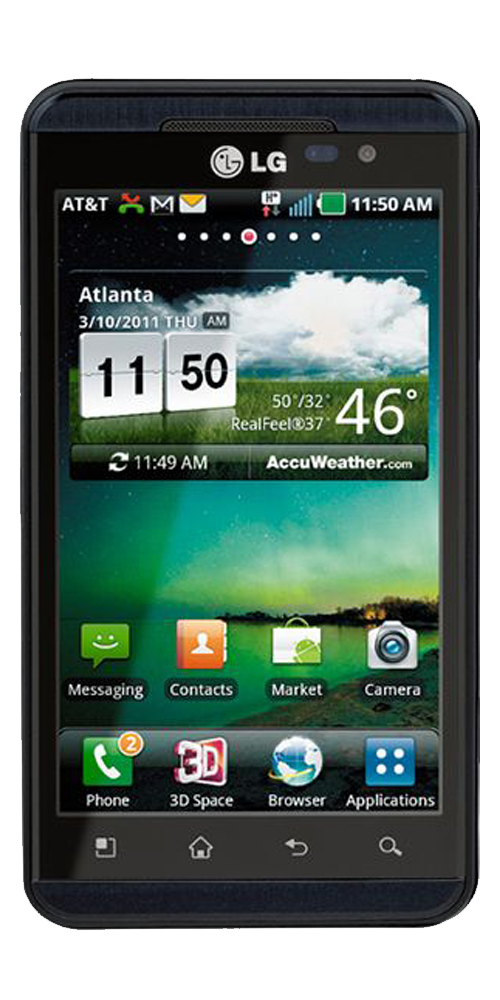
LG struggles with Android updates. I'm a huge fan of its hardware, especially the top-notch build quality of its high-end Android phones, but they are still learning how to deal with Android's rapid release cycle. HTC went through it, Samsung went through it, and Motorola went through it. Like the rest, LG will get it worked out eventually, and start with the Thrill/O3D. I'm sure the folks at LG want to deliver ICS for their U.S. flagship phone, and they are hard at it already.
I just can't say I'm very optimistic that we'll see it in a timely manner, which is a shame. This phone will scream with ICS.
Motorola Photon 4G
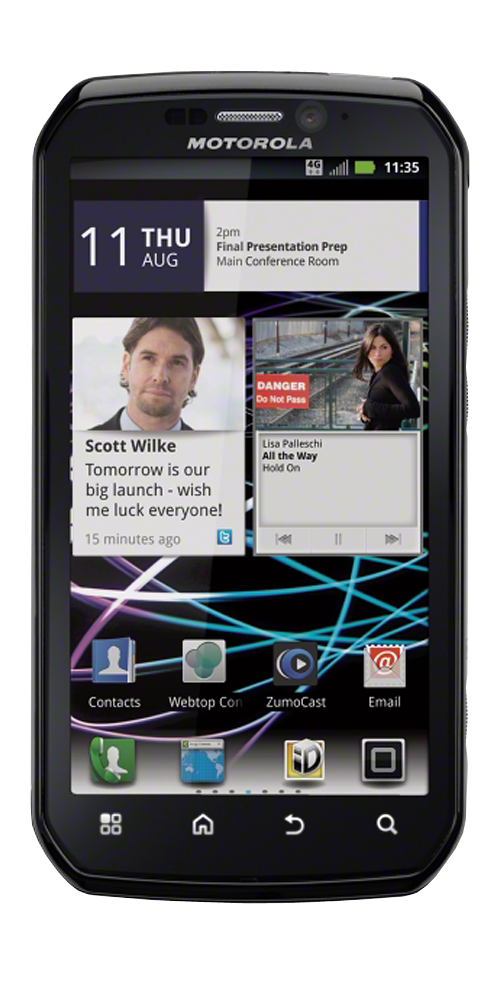
While probably not as easy an update as the Bionic or Atrix 2, Motorola surely wants the Photon to see Ice Cream Sandwich. We do, too -- we think it's one of the best phones on Sprint's 4G network. Whatever Motorola figures out with Blur, whether it stays the same or gets some of ICS's features integrated in, the Photon will be able to handle it.
Again, there's the Wimax wildcard. How much money and how many resources is Motorola willing to spend to update a phone that uses a dying standard remains to be seen. We can only hope it's not very labor intensive, and we see it sooner rather than later -- or not at all.
Motorola Atrix 4G
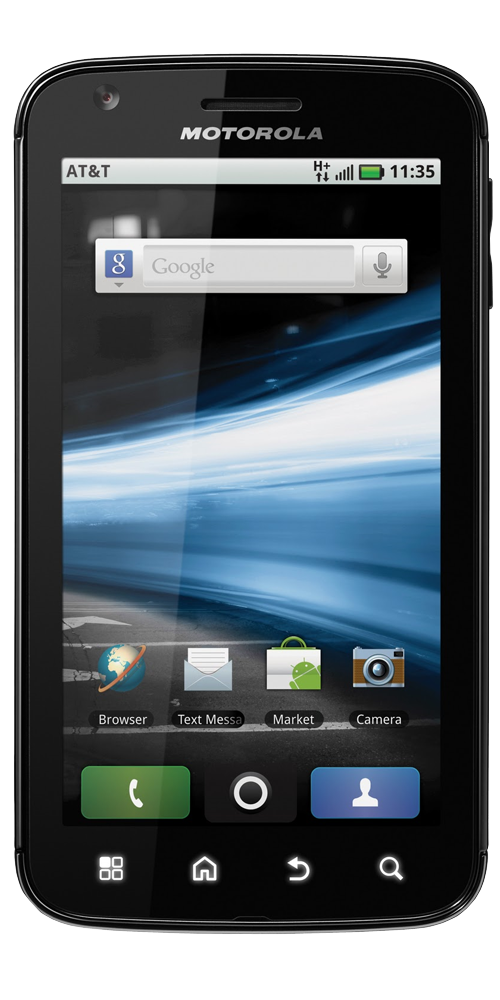
Another Tegra offering from Motorola that we know would be able to run ICS beautifully. The Tegra 2 may be getting old in the tooth in Android terms, but it's a solid performer and with a little work would run ICS's hardware accelerated UI like butter. We're sure NVIDIA will lend a hand if needed, but Motorola's time and money isn't going to be focused on a last-generation handset.
Part of me is skeptical about including the OG Atrix in this section, but I want to believe. Make me glad I did, Motorola -- please.
Samsung Droid Charge
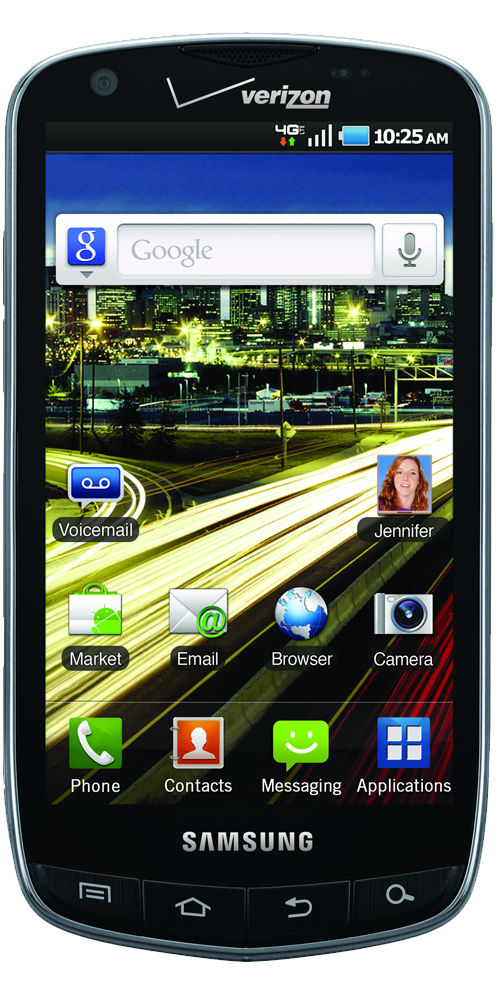
If the Nexus S can get updated, and LTE is working well in the Galaxy Nexus with ICS, there's no reason for the Charge not to see ICS. Samsung will figure out whatever they plan to do with TouchWiz, then they need to start rolling those changes out to their early adopters in the LTE space. Luckily, Samsung is in a pretty unique position once again -- they are building the Nexus Galaxy and have worked closely with Google during the process. The Charge is still what most of us would call a "new" phone and taking time to get it updated is a wise move. Whatever Samsung and Verizon decide to do here will be remembered by tech nerds on the Internet forever.
The myTouch 4G Slide

It's got a lot of things pointing to getting the ICS update. It's new. It's got basically the same internals as the EVO 3D or Sensation. It's got that kick-ass camera like the Amaze 4G. But the myTouch 4G Slide also has T-Mobile carrier customizations as part of the OS. this means not only does HTC have to work it all out, but so does T-Mobile.
T-Mobile isn't in the business of writing phone operating systems, or updating them. A big one like the ICS update, which must have new features from AOSP built into Sense to be worth a damn, is going to be tricky. Let's hope HTC does the brunt of the work (I think they will).
The original HTC Snapdragon phones
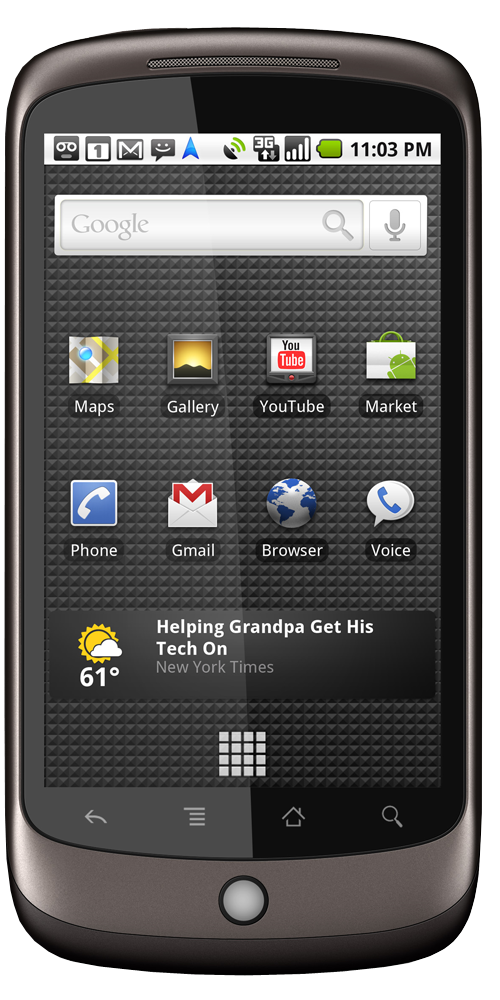
This means the EVO 4G, the Droid Incredible, the Desire, and the Nexus One. Google worked hard with Froyo and the Nexus One, and HTC took advantage of it by releasing a trio of amazing phones that were ahead of their time. Sadly, their time has come and gone. I think Google will try hard to get a build of ICS for the Nexus One, depending on how well the GPU can handle the new operating system. The real question is if will HTC spend the time and money to update phones that are about 18 months old, and either at, or near end-of-life.
I don't think so.
My phone is not on either list!
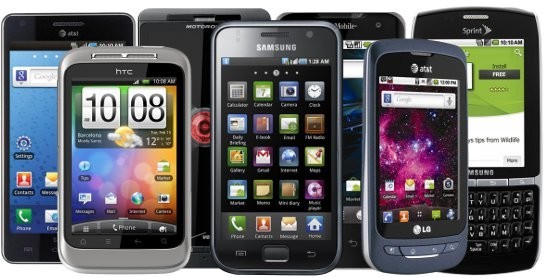
Some of the phones released in 2011 will get updated, some won't. There are pros and cons from the OEM point of view for updating phones like the Droid Incredible 2 or the Motorola Droid X2. I just don't have a clue how things might end up for those. Focus will be on the newest phones first of course, and some -- like the original Galaxy S line (including the Galaxy S 4G and Infuse 4G) probably wont see it, at least from the manufacturer. We don't like it any more than you do, but we're not the one's making the financial decisions. Specifically, phones with the second gen Snapdragon, like the HTC Thunderbolt, would run ICS awfully well, but carriers and manufacturers aren't going to be in any hurry to spend money on them. Root them. Just do it.
Not all phones should get updated. We don't like it, and you don't like it (especially if you just bought one and won't ever see an update), but that's the nature of the beast. Some phones (like the Wildfire) just wouldn't run Ice Cream Sandwich very well because of their hardware. Others, like the Kyocera Echo, are a bit to "oddball" to imagine manufacturers spending money and time to get them updated. And some, like the Optimus One line, are just too old and low-end to worry about. There's no sense in getting angry -- your phone will still work as well tomorrow as it did today. Updates of the entire OS aren't a given, and you should never buy a smartphone based on what might come in the future.
Android is taking away the feature phone market, with phones like the Samsung Replenish. Who would buy a "dumbphone" when they could get the Replenish for the same monthly cost? People don't get up in arms when BREW (that java based OS we all used on messaging phones five years ago) doesn't get a major update for their flip phones, and people buying the new breed of messaging phones that run some flavor of Android shouldn;t either. You've still got one hell of a fine phone in your pocket, so use it until you break it.

Jerry is an amateur woodworker and struggling shade tree mechanic. There's nothing he can't take apart, but many things he can't reassemble. You'll find him writing and speaking his loud opinion on Android Central and occasionally on Threads.
